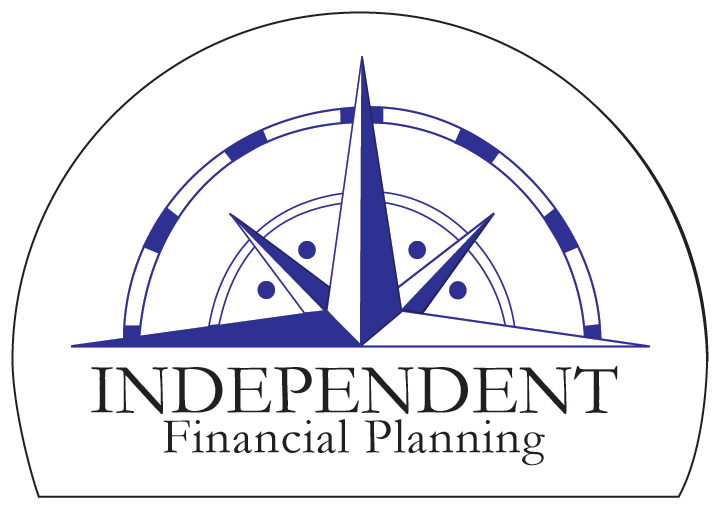Independent Financial Planning’s 2015 Market Expectations
It’s that time of year again when prognosticators across the globe offer differing expectations for the year’s market performance. Before I get into my expectations I want to reiterate that investing isn’t for a quarter or two or even a year or two but is for the long term -- decades. We really don’t know what individual events will happen this year that will cause all of our best forecasts to go awry but there is bound to be something.
In investing and planning Independent Financial Planning takes into account the current political and economic environment as well as where we are in the business cycle. I also have an eye on macroeconomics but only to the degree that it informs me whether growth rates will be higher or lower or a supply/demand shift will cause undue change on the market, e.g. the recent drop in the price of oil.
I expect stronger global growth in 2015 as a result of ongoing developed market QE1 and cheaper oil prices. While the US Federal Reserve (Fed) should start to slow down its easy money policies and potentially raise interest rates this year, the European central bank should still be easing and keeping rates exceptionally low. Growth should accelerate in Europe this year. We have now seen nearly a complete recovery in corporate profits and profit margins in the United States since the last recession and my expectation is that while US markets will have positive performance developed non-US markets will do better. [Since writing this in late December and final edit today (January 15) there has been considerable currency volatility, particularly in the Euro and Swiss Franc. I still expect international developed markets to outperform domestic markets albeit with increased risk.]
The US market should do well again this year but with higher volatility. At the moment declining oil prices are causing confusion in regard to some companies’ longer-term planning. Companies that have consistent earnings with high free cash flow at reasonable prices will do best. In general I expect larger companies to outperform smaller ones but the best performers will be small companies with the good cash flow. I also expect non-rate sensitive dividend stocks will also likely do well and consumer related companies, among others, because oil prices are subdued, good payroll growth, low interest rates, and rising wages for “middle class” employees.
The US dollar (USD) has strengthened significantly in spite of our own version of QE (one would think QE would put downward pressure on the dollar but the improvement in the economy seems to have more than offset the risk foreign investors would have to buying dollars). Now that the economy has improved and US QE is slowing the dollar should continue to strengthen and I expect it will in 2015.
Bonds should continue to perform to their long-term historical risk/return average in 2015. Despite all-time low interest rates and the threat that the Fed will raise rates in 2015, my expectation is that long duration bonds will outperform short duration bonds. Nonetheless, the additional risk of further interest rate increases means long duration bonds have a less favorable risk-return than short duration bonds. In the past few years high yield bonds have outperformed high quality bonds, however, this year my expectation is that the reverse will be true.
In conclusion, a well-designed portfolio and not trying to overreach or be too aggressive will the key to a positive year for investors. Diversification allows an investor to spread the risks across various asset classes – international and domestic, stocks and bonds and is a consistent theme in Independent Financial Planning's portfolios. This year diversification will be very helpful in allowing an investor to manage the increased volatility of the market. Here’s hoping for the best in 2015.
1Quantitative Easing, meaning the central banks are purchasing bonds that other market participants would ordinarily purchase. They reduce the available supply of bonds forcing participants to pay higher prices or look for different, usually lower quality, bonds to buy. This keeps interest rates down and financing for companies low while driving up asset prices.
If you’re interested and want to hear from another perspective, here’s a link to LPL’s 2015 Outlook: https://lplfinancial.lpl.com/Documents/ResearchPublications/Outlook%202015.pdf

